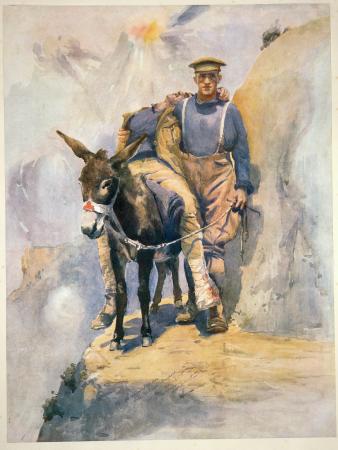
In my last post, I showed how
FamilySearch Labs is making a large number of original documents available. But that isn't the only reason FamilySearch Labs is a big deal for researchers. Equally important is the nature of the
indexing in FamilySearch Labs. It's much more extensive than most traditional genealogical indexing, and it allows researchers a broader range of search strategies.
While most genealogical indexes in the past only abstracted the principal name in a document, FamilySearch's new indexing often includes all of the names. So, for example, a typical index of death certificates in the past only recorded the name of the deceased. But death certificates typically include other names, such as the name of the decedent's parents. The new FamilySearch indexing abstracts all of those names. An update to my Simpson case study shows the impact more extensive indexing can have.
My grandfather's father was named John Simpson. He was born in Lawrence County, Ohio in 1876, but grew up in neighboring Jackson County. (His father was also named John Simpson.) My great-grandfather later moved to West Virginia and then Uniontown, Pennsylvania, where he died when my grandfather was a teenager. My grandfather didn't talk about him a great deal. After my grandfather died, my parents found a somewhat mysterious letter from my great-grandfather to my grandfather, written just before my great-grandfather's death, expressing regret or shame about his own life. So my great-grandfather was always an ancestor I was curious about.
Genealogical research has provided me with a lot of information about the Simpsons of Jackson County and their origins, but I still don't really know what the letter was referring to.
A few days ago, I searched FamilySearch Labs for my great-grandfather. On the main Record Search page, I entered the name "John Simpson" and the place "Jackson, Ohio, United States." This came up with three hits. The first was an 1850 census record for a John Simpson in Erie County, Ohio. I have no idea why this came up - it appears to be a glitch. The second hit was my great-great-grandfather's 1917 death certificate from Jackson County- part of the collection of
Ohio Death Certificates, 1908-1953.
The third hit is the most interesting. It's a 1940 death certificate for an African-American woman (recorded as "colored") from Columbus, Ohio. The death certificate lists her birth year as 1891 and her birthplace as Jackson County, Ohio. It records her father as "John Simpson" and his birthplace as "Jackson County, Ohio." After researching a bit further, I believe I may have found other records about the same woman, which indicate she retained her mother's last name, rather than Simpson, as she was growing up.
This is interesting to me because I haven't come across any men named John Simpson residing in Jackson County in this time period besides my great-grandfather and his father. So is this woman the unacknowledged daughter of one of my Simpson ancestors?
It's possible, but I don't have a strong reason to think so based on this one piece of evidence. Information on death certificates is often incorrect, as it was submitted by next-of-kin who might not have been entirely clear on these details. (In the book, I point out my great-grandfather's death certificate from Uniontown contains a number of inaccuracies.) Also, I don't really know whether or not there was another man named John Simpson in Jackson County in 1891- the lack of a 1890 census makes it difficult to even venture a guess.
Nevertheless, it opens a new line of inquiry about my great-grandfather that I never would have considered if the index only included the decedent's name; I never would have searched on this woman' s name.
This is kind of indexing is particularly useful for tracking a female ancestor, as you can search based on the names of her parents, even if you don't know her married name.
For another example of extensive indexing, check out this
naturalization index from the Cook County Circuit Court Archives. Given how immigrant names often get mangled, it's really great to be able to search on address, birth town, and occupation.
 Just to clear up any confusion, the following books were written by other Jack Simpsons:
Just to clear up any confusion, the following books were written by other Jack Simpsons:




